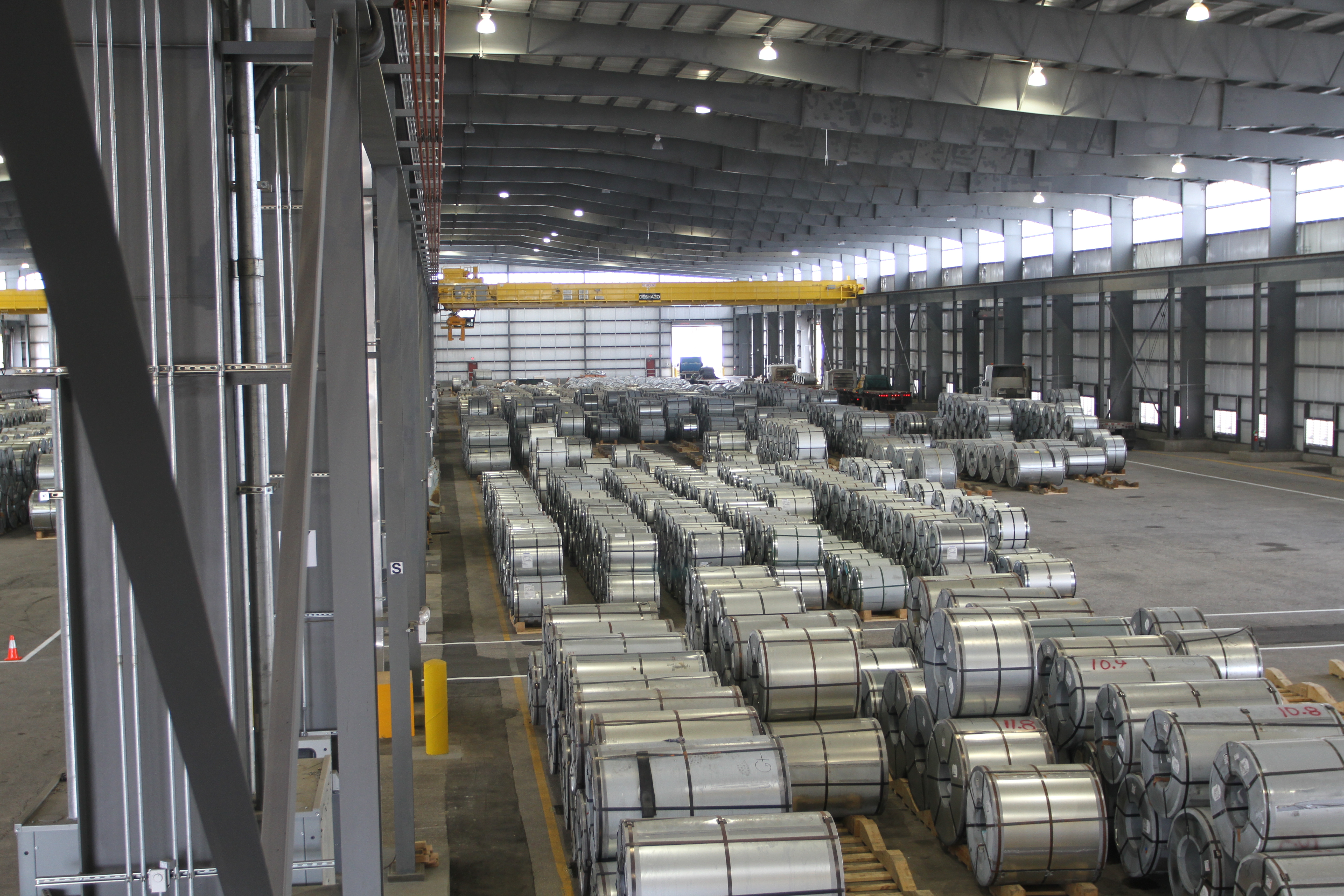Steel Markets

Tight Inventory, Higher Prices Dampen Existing Home Sales
Written by Sandy Williams
August 24, 2017
Existing home sales slid 1.3 percent in July, according to data from the National Association of Realtors. The seasonally adjusted annual rate dropped to 5.44 million from the downwardly revised June total of 5.51 million for the lowest level of the year.
The decline in sales was steepest for condominiums and co-ops, falling 4.8 percent month-over-month. Single-family home sales dipped 0.8 percent.
Sales in the Northeast declined 14.5 percent and dropped 5.3 percent in the Midwest. Sales fared better in the West and South with increases of 5.0 percent and 2.2 percent, respectively.
The median price for existing homes rose 6.2 percent year-over-year to $258,300 in July for the 65th consecutive gain. Median price increased in all regions of the U.S.: Northeast 4.1 percent, Midwest 5.9 percent, South 6.7 percent, and West 7.6 percent.
Tight inventory continues to be a problem, dipping 1 percent to 1.92 million homes, 9 percent lower than a year ago. Inventory stands at a 4.2 month supply at the current sales pace.
“Buyer interest in most of the country has held up strongly this summer and homes are selling fast, but the negative effect of not enough inventory to choose from and its pressure on overall affordability put the brakes on what should’ve been a higher sales pace,” said Lawrence Yun, NAR chief economist. “Contract activity has mostly trended downward since February and ultimately put a large dent on closings last month.”
“Home prices are still rising above incomes and way too fast in many markets,” said Yun. “Realtors continue to say prospective buyers are frustrated by how quickly prices are rising for the minimal selection of homes that fit buyers’ budget and wish list.”
Listing-to-contract times have been less than a month, said Yun. With inventory levels low and new construction lagging, the market is likely to remain competitive into the fall months, he added.

Sandy Williams
Read more from Sandy WilliamsLatest in Steel Markets

Hot-rolled coil buyers continue seeking certainty
Steel market participants contend that buyers will remain in “wait-and-see" mode until some market stability is restored.

Latin American steel advocates warn on cheap import flood
Subsidized Chinese steel imports and cheap steel products from Association of Southeast Asian Nations (ASEAN) entering Latin American (LATAM) are threatening the region's steel market.

CRU: Steel prices fall amid global demand weakness
The forceful headwinds bearing down on steel markets across the globe have created demand challenges and sent prices southward. The US, however, challenged the global trend.

Hot-rolled price hikes garner mixed reactions from the market
Several steel market sources say they were blindsided when mills increased spot prices for hot-rolled coils this week.

Steel market participants mull the impact of US/Mexico S232 negotiations
Steel market participants learned that negotiations between the US and Mexico include discussions about Section 232 tariffs on steel and aluminum despite President Trump’s June 3 proclamation increasing the tariffs from 25% to 50% for all steel and aluminum imports—except for those from the UK.
